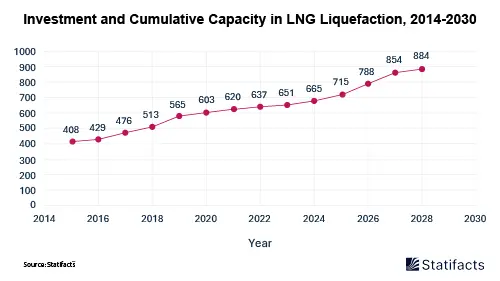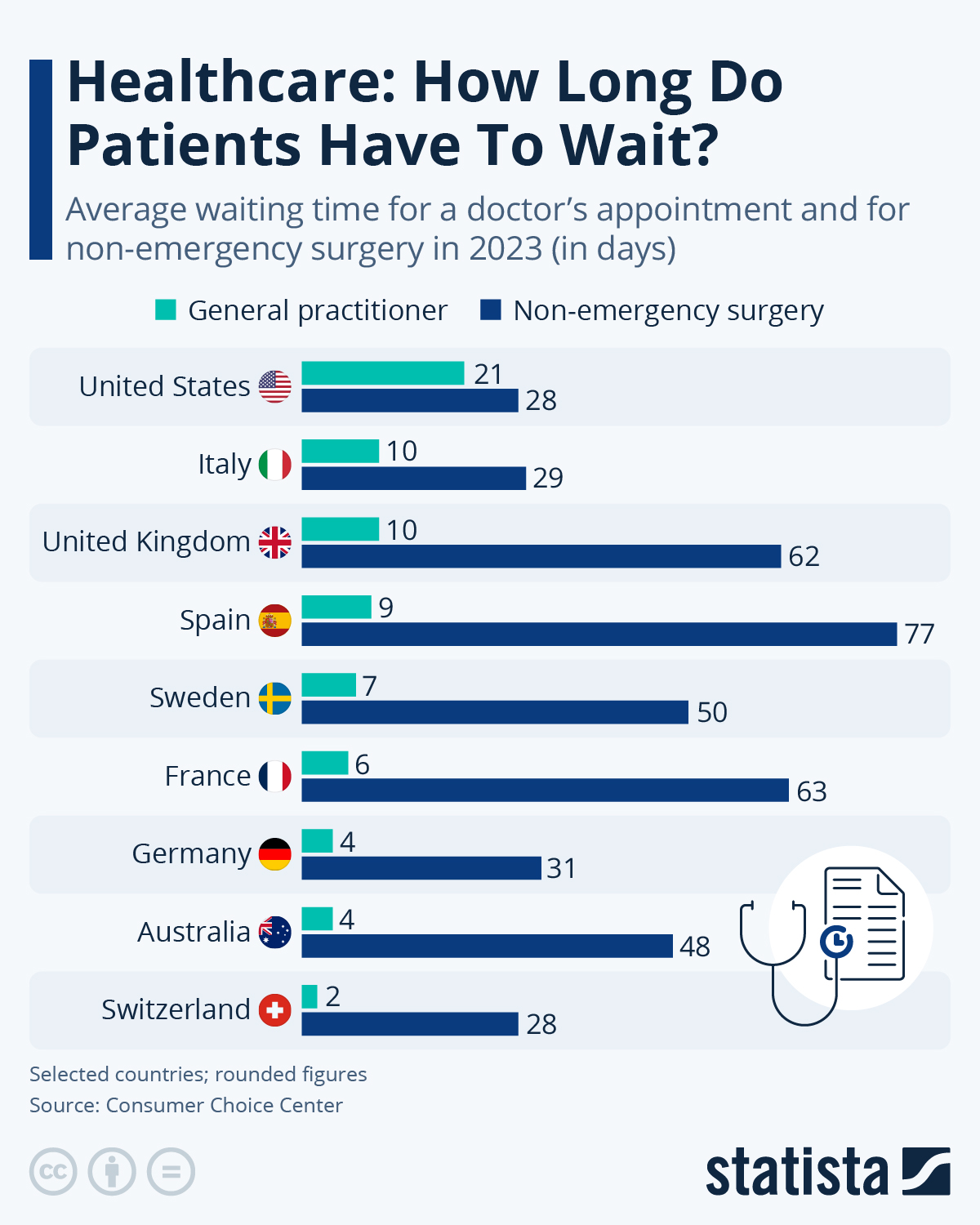
12 June 2025
Starting late 2024, the global LNG market is set to enter a phase of rapid expansion, driven by a wave of new liquefaction projects. According to IEEFA, LNG production capacity is expected to grow by around 193 million tonnes per annum (MTPA) between 2024 and 2028. That’s a jump from roughly 474 MTPA at the start of 2024 to 666.5 MTPA by the end of 2028 a 40% increase in just five years. It’ll be the fastest growth the LNG industry has ever seen.


There are many variations of passages of Lorem Ipsum available, but the majority have suffered alteration in some form
URL TO BE USED AS REFERENCE LINK:
Placeholder content for this accordion, which is intended to demonstrate the .accordion-flush class. This is the first item's
accordion body.
Placeholder content for this accordion, which is intended to demonstrate the .accordion-flush class. This is the second item's
accordion body. Let's imagine this being filled with some actual content.
Placeholder content for this accordion, which is intended to demonstrate the .accordion-flush class. This is the third
item's accordion body. Nothing more exciting happening here in terms of content, but just filling up the space to make it look, at least at
first glance, a bit more representative of how this would look in a real-world application.
Do you still any question?
Feel free to contact us anytime using our contact form or visit our FAQ page.
Your contact to the Infographics Newsroom
